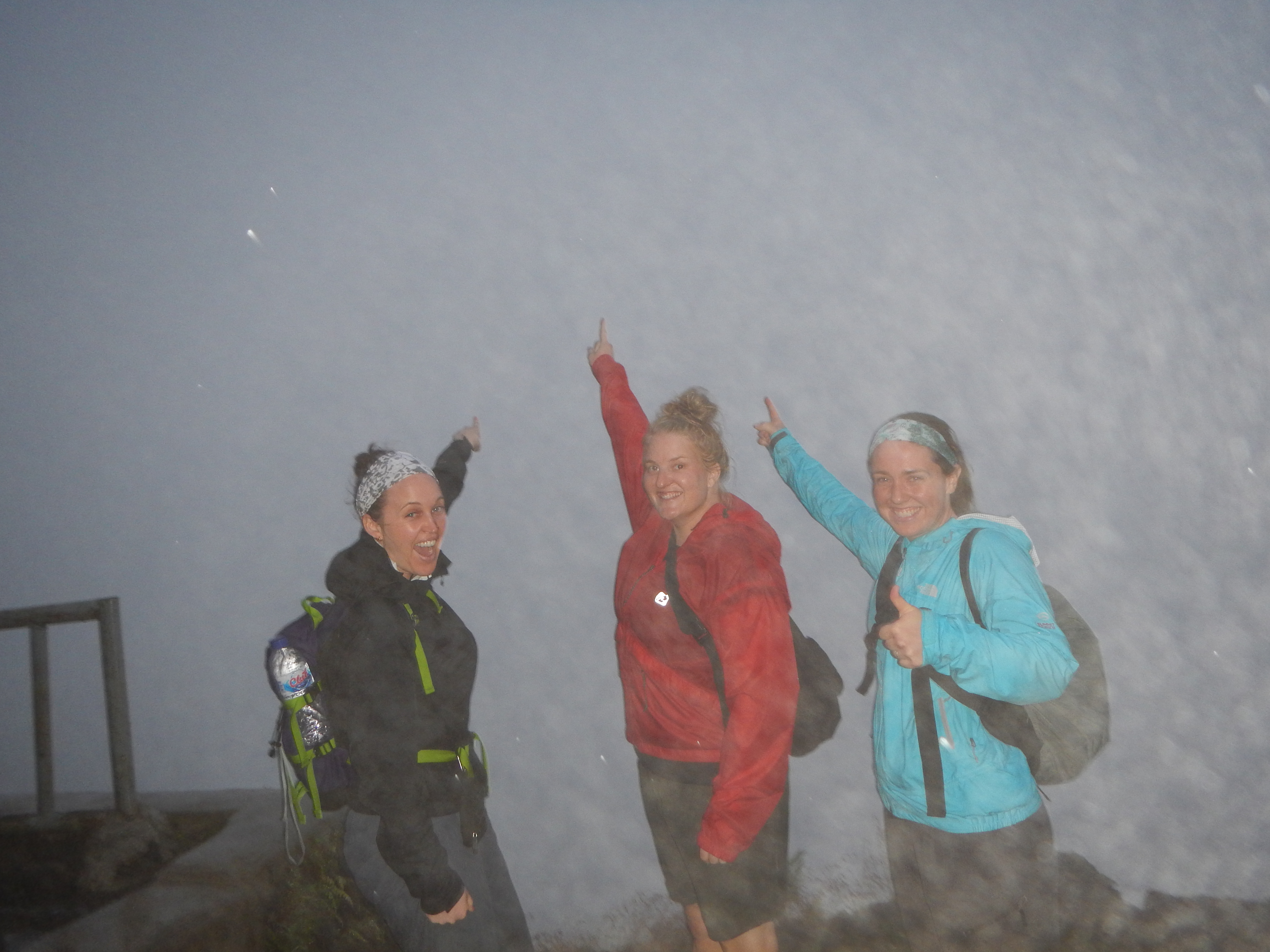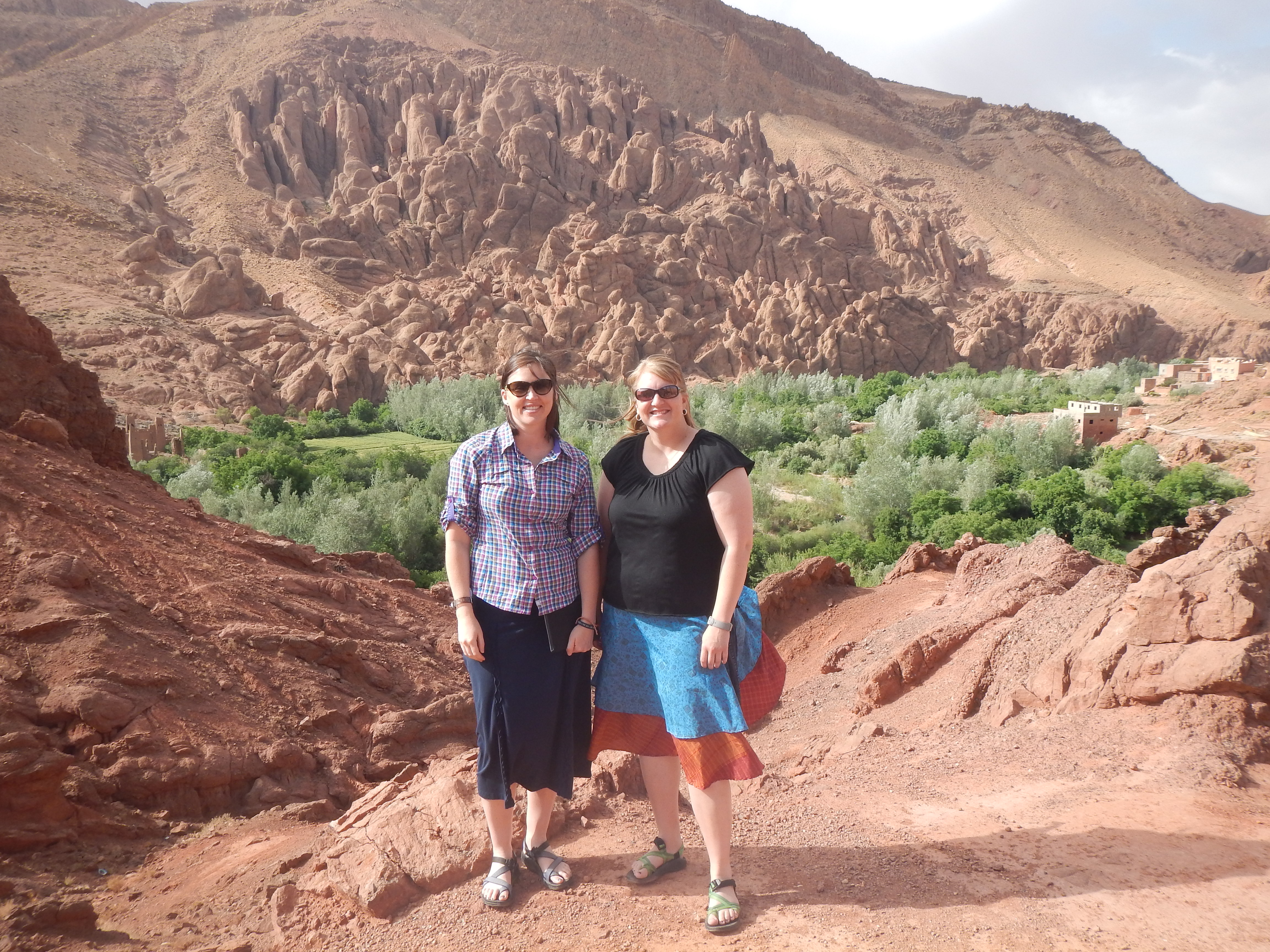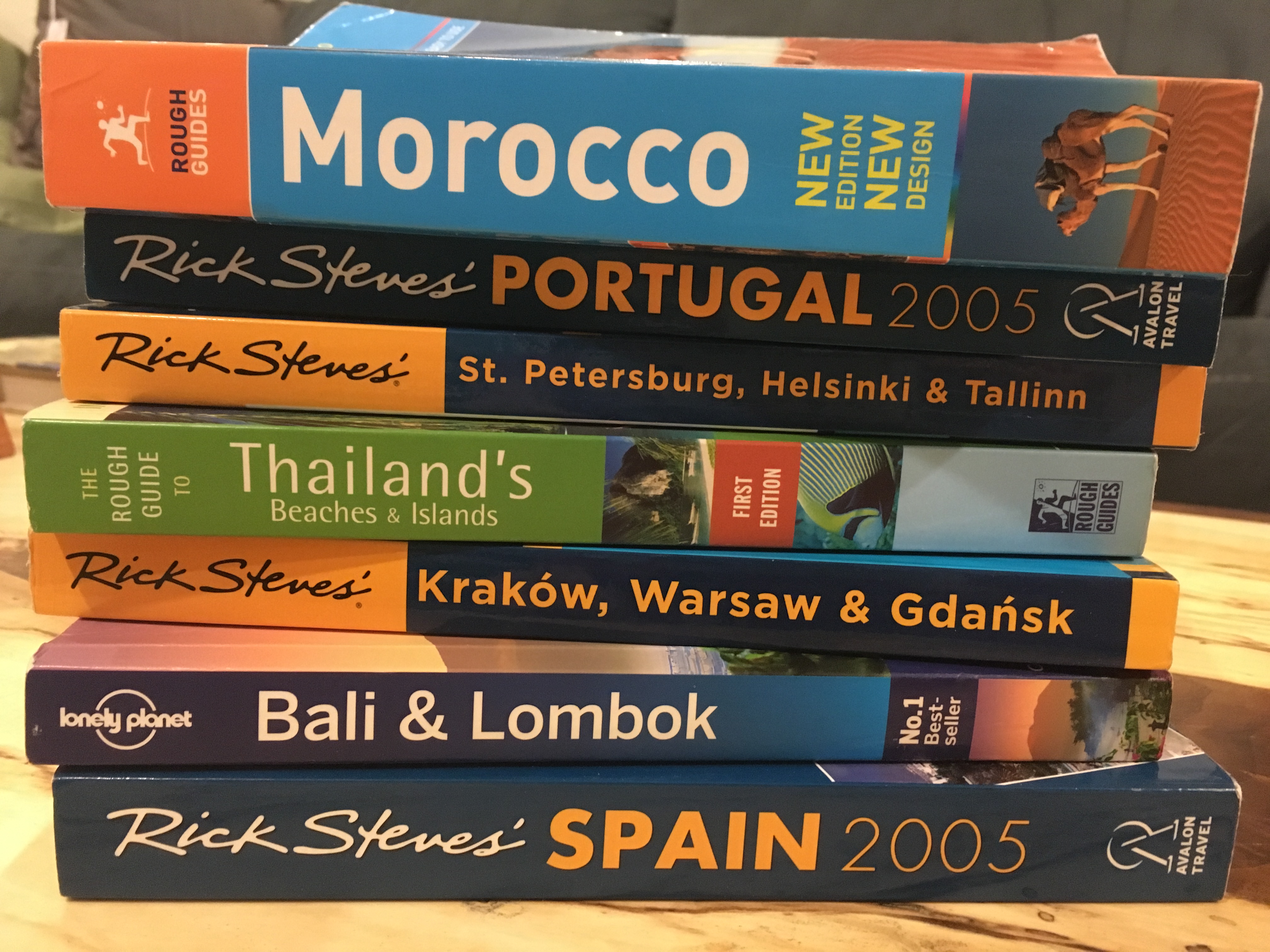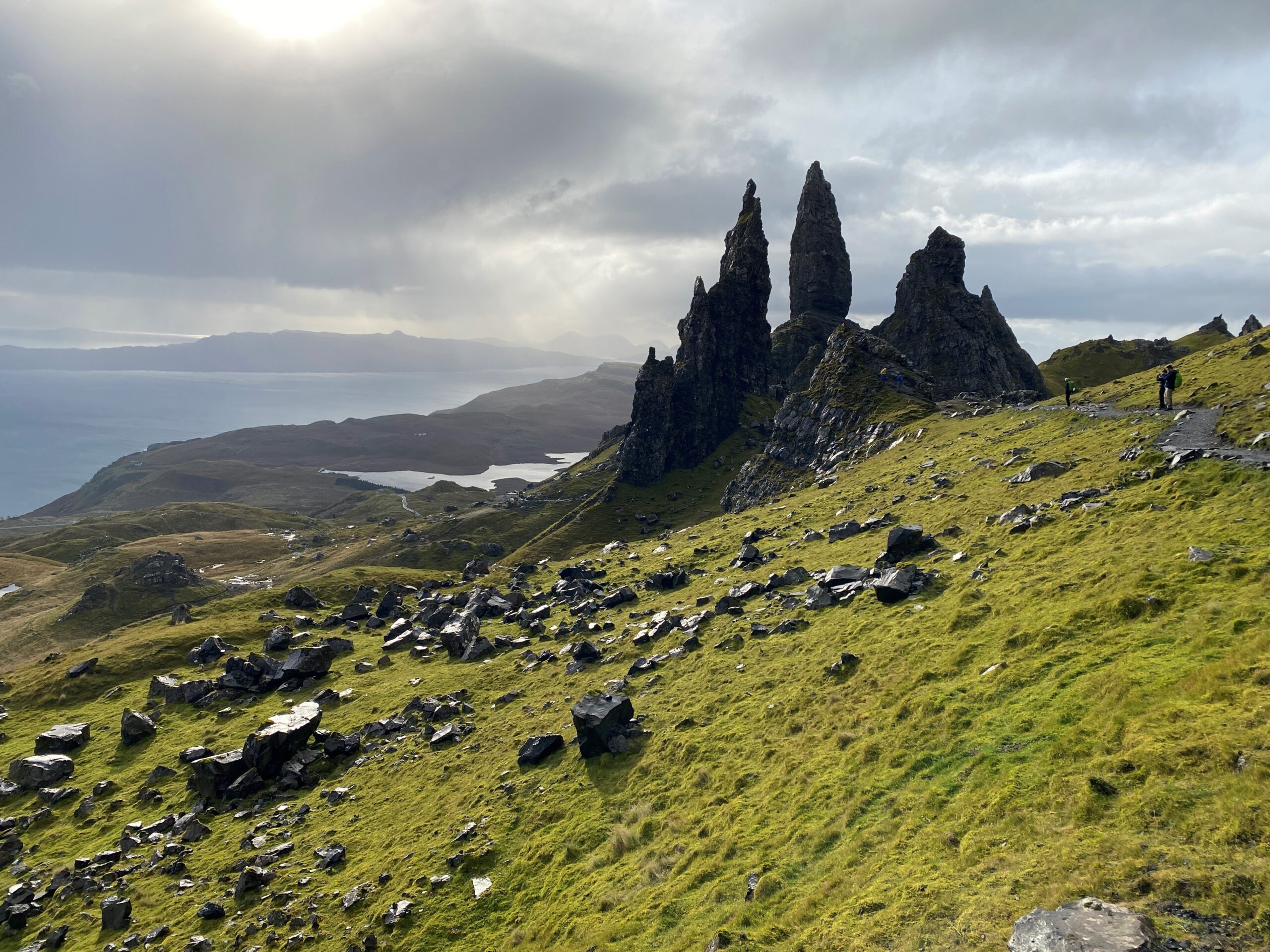July 2016
-

Movie travel – it’s a thing
.
We’ve written posts about big trips, weekend trips and day trips. This post discusses how to take a trip for about two hours–all within the convenience of your own home…aka movie travel. I don’t know about you, but certain movies…
-

Exploring Your Own Backyard
.
How often do you go out exploring your own backyard? This past weekend, we headed to the mountains. Our goal: huckleberries. I am happy to report that we were successful and came home with a nice little haul. R had…
-

Jane Verses the Volcano
.
When S, B, and I visited Bali, we knew we wanted to see as much of the island as possible. One way to do this was through a sunrise hike, where we would experience a sunrise after making our way…
-

Tour group challenges in Ecuador
.
Let us talk about tour group challenges. Since last week’s post discussed Morocco and some of the benefits of group travel, I thought it only fair to discuss some of the less pleasurable aspects of traveling with a tour group. Knowing…
-

A tour group takes on Morocco
.
B and I are travel junkies; there are few places we really don’t want to visit (hello, Moldova), but overall we’re pretty much open to whatever. This is helpful when we come across a good travel deal, like we found…
-

Top 10 Tips for First-Timers Travelers
.
My coworker’s husband has just left on his first international trip to London. And other than a couple of trips to Mexico, this is his first international voyage. His wife has not done a lot of traveling herself so she…
-
High quality H-2-O
.
A few years ago in a Quito hotel, I forgot that I wasn’t supposed to drink the water in Ecuador and swallowed down a swig after brushing my teeth. In that moment, as I contemplated contracting giardia, typhoid fever and…
-

North Dakota Via Train
.
One year ago today, I rolled through North Dakota. It was very exciting. Now normally, a trip to North Dakota is not necessarily worthy of any sort of celebration (no offense to the 750,000 people who live there). But this…
-

Guide Books are our Friends
.
One of the first things I do after we’ve booked tickets for a trip is make a beeline to the library so I can see what they have for me in the travel guidebook section. I LOVE guidebooks. Nothing gets…
